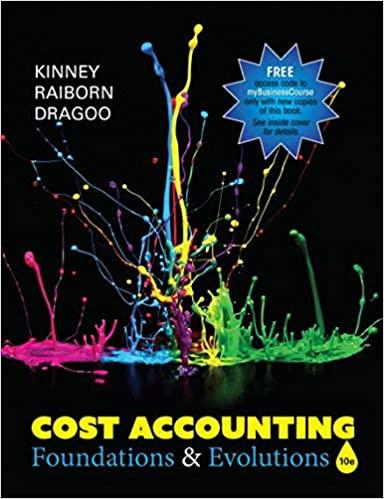Question
monopolist has two sets of customers. The inverse demand for Group 1 is described by Pa = 200 - Qa. For Group 2, the inverse
monopolist has two sets of customers. The inverse demand for Group 1 is described by Pa = 200 - Qa. For Group 2, the inverse demand is Pb = 100 Qb. The monopolist faces constant marginal cost of 40.
1.What is the profit-maximizing uniform price if both groups are to be charged the same price ? At this price, how much is sold to members of Group 1 and how much to members of Group 2? What is the firms aggregate profit without price discrimination?
2.What is the profit-maximizing price policy if the monopolist charges a separate price for each set of consumers? What is the aggregate profit earned with price discrimination?
3.Suppose that a monopolist adopts a two-part pricing scheme. What is the profit-maximizing membership charge and price (quantity-independent fee and per unit usage charge)? What is the aggregate profit earned under this regime?
4.Suppose now that a monopolist adopts a block-pricing scheme. What is the profit-maximizing total charge for each consumer type (bundle total charge and quantity in a package)? What is the aggregate profit earned under this regime?
Step by Step Solution
There are 3 Steps involved in it
Step: 1

Get Instant Access to Expert-Tailored Solutions
See step-by-step solutions with expert insights and AI powered tools for academic success
Step: 2

Step: 3

Ace Your Homework with AI
Get the answers you need in no time with our AI-driven, step-by-step assistance
Get Started


